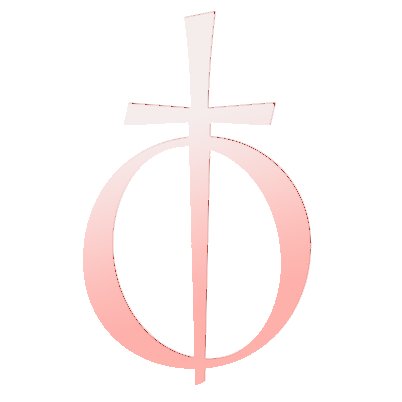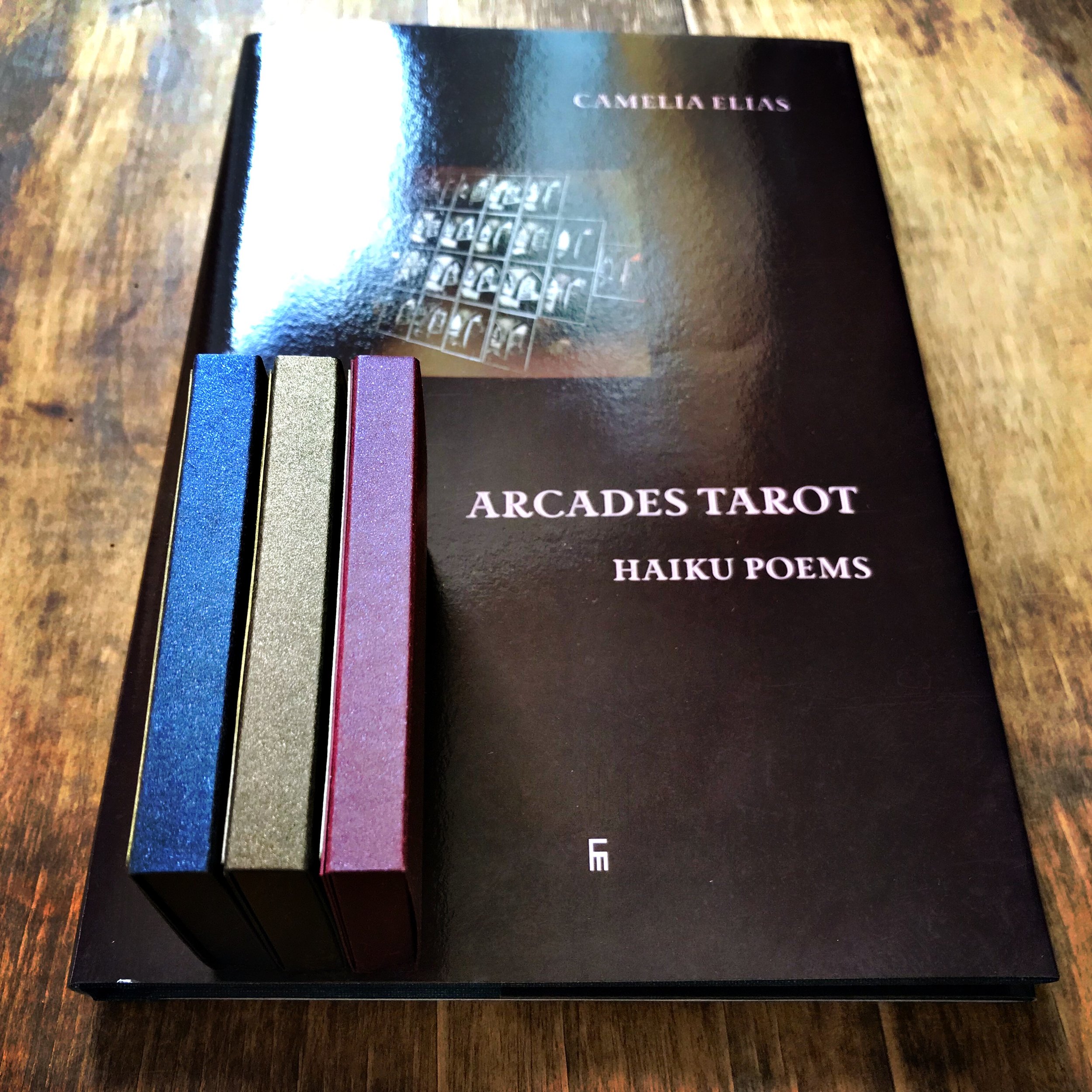Merry, merry by the book
If you didn’t get a Tarot book as a Christams present, no worries. You can do better.
People often me ask for book recommendations. If they ask me, I say to them: get them all. Why compare? Each author brings his and her own contribution to the field in accordance with their capability and plan. And this has zero to do with what other authors do, which makes comparing utterly pointless. Where learning systems of divination is concerned, there are two ways of going about it.
ONE
You get a book of meanings. If you get one such book, you might as well get them all so you can see that they’re all the same. Each will start with a preamble, often consisting of establishing family pedigree or lineage. After that, the cards are described one by one. ‘Secret’ and ‘forgotten’ spreads are presented, consisting of set and predetermined questions for each position. Some of the classic questions pertain to the relational self: ‘who hates me, who loves me, who is with me, who is against me?’
You learn all the suggested meanings for the cards by heart, and you’re set. This approach avoids questioning the premise for the arbitrations: ‘Justice means truth, balance, discernment, karma, getting what you deserve, cosmic perfection,’ and so on. As these symbolic meanings are relayed with conviction, you’re convinced. That is, you’re convinced if you don’t question where the authors of such books get theirs ideas. If you were to ask, it’s likely that the authors would refer to secrets passed down to them in some form, from lineage transmissions to personal gnosis and revelations.
TWO
You get a book of divination. If you get one such book you’ll be in trouble, because it’s likely that the author would ask you to produce readings based on what you see, not on what you heard. Card meanings will be secondary or tertiary to the overall plan, or downright nonexistent. If you’ll be looking for a flat bottom to land on, you’ll be surprised to find that there isn’t one.
Books of symbolic meanings produce flat readings. Books of divination give you a headache, because they tell you to think for yourself. If you apprenticed for divination, not dictation, you’d be slapped if you asked your mentor to tell you what to do. To be sure of how you distinguish between divination and dictation methods, you’ll want to know first: when is a reading not flat?
In my own instruction book that uses the Zen strategy of ‘pointing-out’ rather than telling, What is Not, I hammer on the fundamentals in reading a visual text, but here I want to give an example of the concreteness of what is at stake when you don’t go: ‘the Devil means passion, the Emperor means power, and the Magician means prowess. The Empress means creativity, Temperance means concoction, and Force means coercion.’
Let’s have a look at the cards above, the Arcades Tarot that I created myself by playing with the original Carolus Zoya Marseille Tarot in my collection, and formulate a few precepts.
Here’s the first axiom: a reading that’s not flat will start with observing what’s happening on the surface. In this 6-card pyramid the men are on top and women are at the bottom. The Devil presides over the men’s moves. The Emperor is above the line between the Empress and Temperance. We’re here with a calculating power. The Magician is above the line between Temperance and Force. We’re here with displaced perspective.
‘Ho, ho, ho, what happened to meanings?’ Santa took them.
Here’s the second axiom: when meanings are ditched in favor of noticing, understanding of what is at stake sets in, that is to say, understanding of what is at stake in what you’re seeing as it relates to the question. Without a question, no divination.
So this is what I say to make the point: read all the books you get and enjoy every writer’s effort. What it comes down to is not about what is said in the books, but about what you do with what is said in the books.
The beauty in deconstructing the mythologies behind symbolic meanings is that it provokes your curiosity about how you can turn the flattest of your readings into the most dynamic events. You can start thinking of the flatness of keywords as part of a wordplay. Did you notice that I’ve deliberately had all the cards in their rows begin with the same letter, while maintaining ‘their meaning?’
Observe the interplay and function of the characters depicted on the cards before you get too excited about their symbolism: how many men and how many women are acting? What is between their individual roles? What defines their boundaries? Who is fast and who is slow? Who gives and who takes? These questions invite you to think.
Divination is never boring when you think about what you’re saying and why. Try to think of your cards as a game of arcades and mirrors and your perception going in and out of perspective, in and out of doors and books.
*
Arcades Tarot
I designed the cards here to accompany my book on the relation between haiku poetry and the tarot. I only made 22 decks in a a laborious process that sold out in 10 minutes. The cards may be gone, but the book is still available separately in an unlimited edition.
Also, get a reading with this deck…




